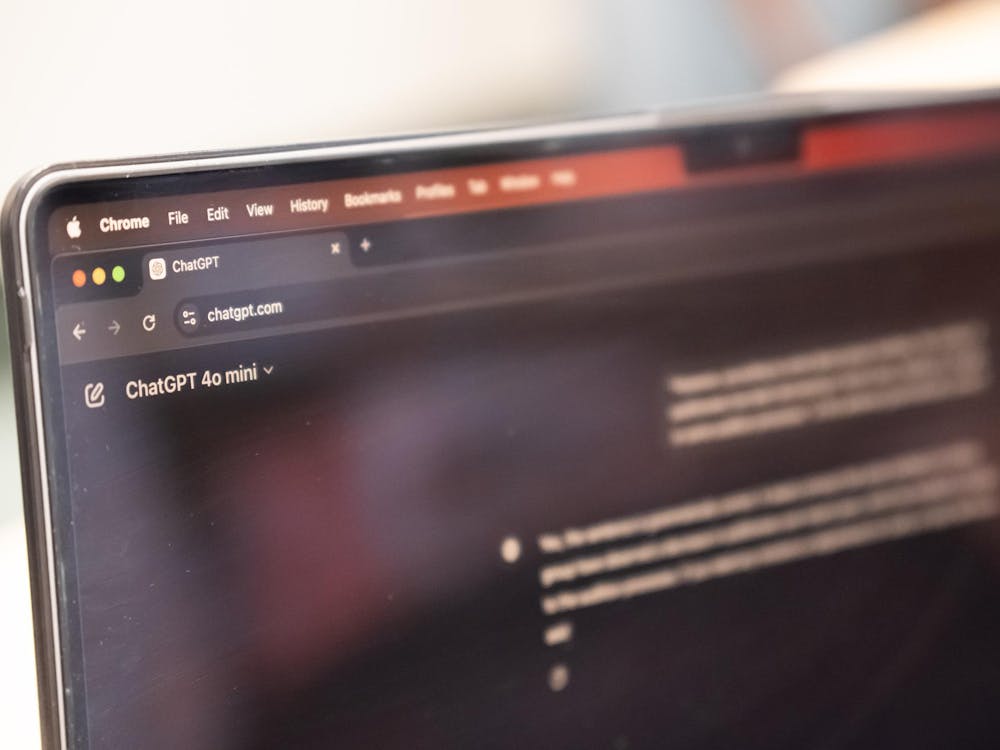A few days ago, after spending much of fall break recovering from the waves of pre-midterm stress, I was finally coherent enough to talk with some fellow classmates about the tests, what we thought of them and how well (or poorly) we thought we did on the exams (we may or may not have also taken bets on how low the curve would be). From the conversations I had, it became readily evident that we all utilized largely the same resources when preparing for the midterm — the same practice tests and previous exams on Blackboard, the same notes and class materials, the same textbooks and reading materials, the same office hours. But one factor stood out as a stark difference among many of us — our precepts and our preceptors.
In most introductory level classes, all of the precept sections are more or less the same, since the graduate students and professors who lead them generally follow an outlined curriculum that complements the contents of the class lectures. All students in a course would thus receive the same information, tips, hints and ideas, more or less. In the more discussion-based precepts, the students would participate in discussions about largely similar topics.
More advanced courses, however, seem to give the preceptors greater reign over the structure of the precept section. In science and math classes, this means that while one instructor may spend an entire precept performing proof after proof of the concepts outlined in class, a different preceptor is liable to instead spend that time solving practice problems, providing additional material to supplement the core concepts, or reviewing homework questions; the list goes on and on. In humanities-based courses, such a disparity is likely to result in precepts discussing and debating different ideas, which, inevitably, may result in different groups drawing different conclusions.
I am not implying that non-uniformity of precepts is inherently negative; after all, all students probably have their own unique perspective about the course materials, and given the eclectic mix of precept participants, the content of each precept will inevitably differ. Likewise, precept instructors are mostly graduate students (and occasionally professors) who, just like their students, possess their own sets of views about the topics and hence will lead their own sections accordingly.
At the same time, standardizing the precepts could help address several concerns regarding the perceived sense of fairness surrounding them. For one, if two different preceptors cover two different topics, and if one of those topics happens to arise on an exam, one set of precept section students would have a clear advantage over the other. Similarly, if one preceptor spends time solving example problems while another focuses solely on, say, performing proofs, then the former group of students may have an easier time handling exam questions than the latter. Even if different preceptors cover the identical materials during their sections, they are likely to teach the topics differently, or in varying capacities — one may be more thorough, more clear or more coherent than the other.
In order to quell such concerns, a degree of precept standardization may be in order. The change doesn’t have to be a large one — perhaps the head of each course can ensure that each preceptor covers the same core materials during each session so as to give all students the same type and degree of preparation. As mentioned above, different precept sections, particularly in the humanities, are likely to end up deviating from each other in the types of dialogue they foster, but at least all students will be able to leave their precept with a good sense of which main topics they should be familiar with, even if their conclusions on those topics may differ. Alternatively, preceptors can rotate on a weekly or monthly basis, so that different sections will get to be taught, sooner or later, by all of the instructors. Cycling through preceptors will also ensure that different instructors effectively implement consistency throughout all precept sections. After all, the material that is taught one week must be fluidly picked up and continued by a different preceptor during the next session, necessitating uniformity of content.
Precepts are one of the cornerstones of Princeton's academics, and they are advertised as one of the foremost ways in which students are given an opportunity to hone their intellect by discussing course materials among their peers. Seeing as precepts are so integral to academic life here, it may behoove us to consider standardizing them so that all students can partake in an experience that is wholly positive across the board.Jason Choe is a sophomorefrom Rancho Palos Verdes, Calif. He can be reached at jasonjc@princeton.edu.







